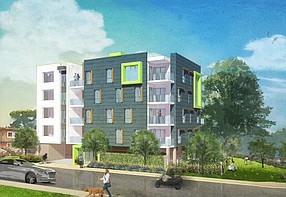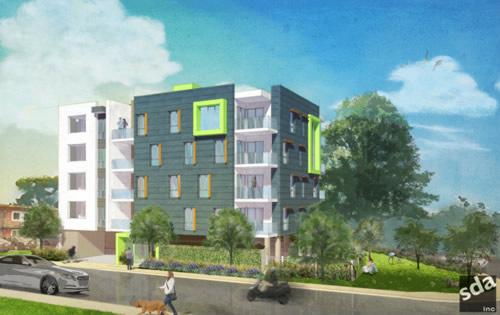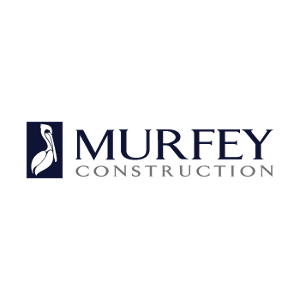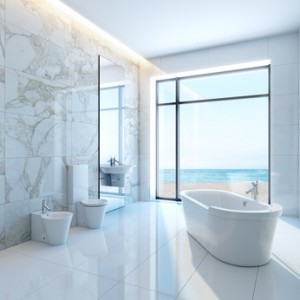This article originally appeared on The San Diego Business Journal.
Real estate and capital services provider HFF has secured $7.46 million in construction financing for a planned 36-unit apartment building in Hillcrest, being developed by San Diego-based Veritas Urban Properties.
The five-story project is planned for a 15,200-square-foot parcel at 4021 Eighth Ave., immediately northwest of Balboa Park, according to HFF. The debt placement team, led by HFF’s Aldon Cole and Bryan Clark, secured the financing through a life insurance company lender.
The builder on the Hillcrest project is Murfey Construction Inc., with the apartments set for completion in early 2016. Veritas Urban Properties was founded in 2011 by brothers Russ and Scott Murfey and has recently developed other urban residential and mixed-used projects in San Diego’s Point Loma and Crown Point neighborhoods.
HFF, also known as Holliday Fenoglio Fowler LP, is a division of Pittsburgh-based HFF Inc. (NYSE: HF) and has a regional office in San Diego.









